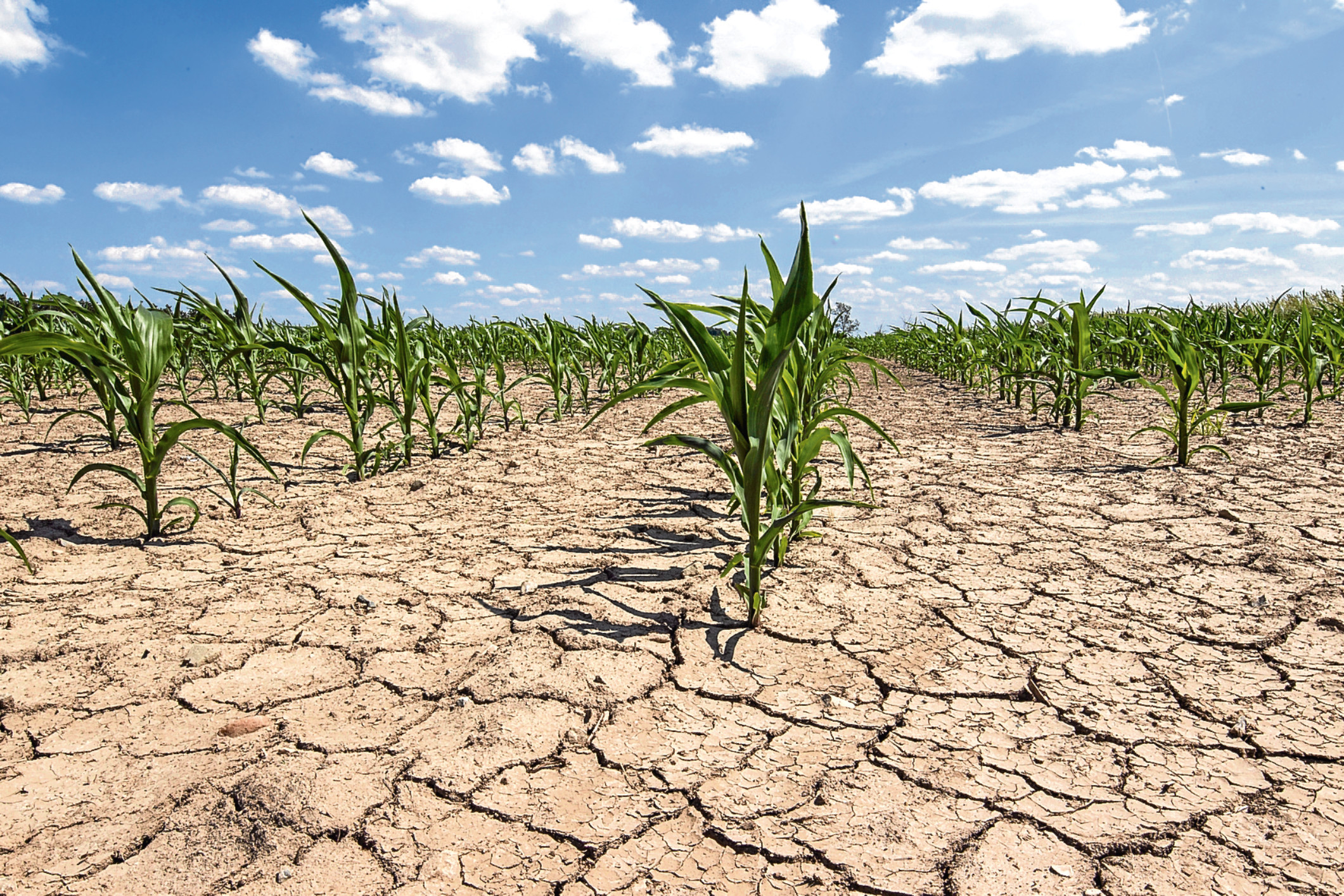
WHEN it comes to the weather, we in the UK are very “lucky” to get so much rain.
For the world’s drought-affected regions, however, the locals are desperate for some more of the wet stuff, and some literally pray for the skies to open.
With the summer ending and our winter months on the way, we in the UK have nothing to worry about when it comes to drought.
In ultra-dry Mexico, Australia and India, however, they now have a secret solution to their arid conditions — Solid Rain.
Though the outside world remains pretty much ignorant about it, Mexican farmers have been relying on Solid Rain for a decade as part of their constant fight against severe drought.
Originally developed by the United States Department of Agriculture in the 1970s, solid rain is an ultra-absorbent product made from a starch that they call “super slurper”.
Mainly used for disposable nappies, helping keep babies’ bottoms dry, a chemical engineer in Mexico spotted its potential, on a much larger scale, to fight drought.
He came up with his own variation, which can be mixed in with soil and slowly feeds plants with the water they crave, over long periods of time.
Since then, his Solid Rain company have been selling to Mexican farmers, with their counterparts in Australia and India now keen on it, too.
The rest of the world, though, is also looking on keenly, as this stuff could be the saving of our planet and its foodstuffs.
When Solid Rain absorbs a litre of water, it becomes a thick translucent gel.
The water won’t simply flow straight into the soil in a rush, or evaporate to nothing.
Instead, it seeps out very, very gradually, so that when a drought hits, it is still there, under the soil, feeding the plants.
Farms using it have shown an astonishing 300% rise in crop yield, compared to those who ignored Solid Rain, in Mexican Government studies.
For bean fields, or sunflower ones, yields were even better, and it has got the world of agriculture very excited indeed.
Some boffins in the USA, where it all began still reckon there isn’t enough proof that Solid Rain can retain water in the soil for a year or more.
Perhaps they should just ask delighted Mexican farmers, who no longer need to fear a year of drought!
Causing a bit more concern is the claim from some people about what happens once all the water has been released.
They worry that once Solid Rain has given out all its water, the gel will soak up any water still in the fields, further exacerbating the original problem.
Experts, however, say some system will be put in place to remove the leftover waterless Solid Rain and replace the gel with a new suply.
Intriguingly for the rest of us, who don’t have big crop farms, but do have large gardens to look after, it could also make that job much easier, especially in the era of hosepipe bans.
Some folk who got a chance to try Solid Rain placed under their lawns reported that it required far less watering, leaving more time to laze in the sun, with a glass of wine and a good book.
Now, that sounds like a rock-solid plan to us . . .
READ MORE
Climate change threatening World Heritage sites including Orkney’s Stone Age treasures
Veteran weatherman Mervyn warns there are more storms to come

Enjoy the convenience of having The Sunday Post delivered as a digital ePaper straight to your smartphone, tablet or computer.
Subscribe for only £5.49 a month and enjoy all the benefits of the printed paper as a digital replica.
Subscribe